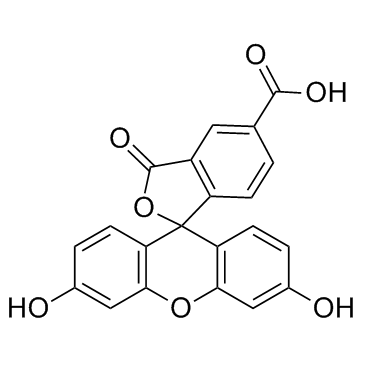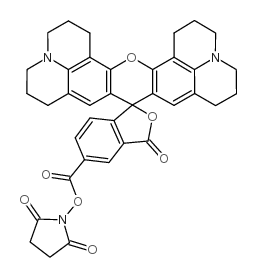| 结构式 | 名称/CAS号 | 全部文献 |
|---|---|---|
 |
5-羧基荧光素
CAS:76823-03-5 |
|
 |
5(6)-羧基-x-罗丹明-n-羟基琥珀酰亚胺酯
CAS:114616-32-9 |